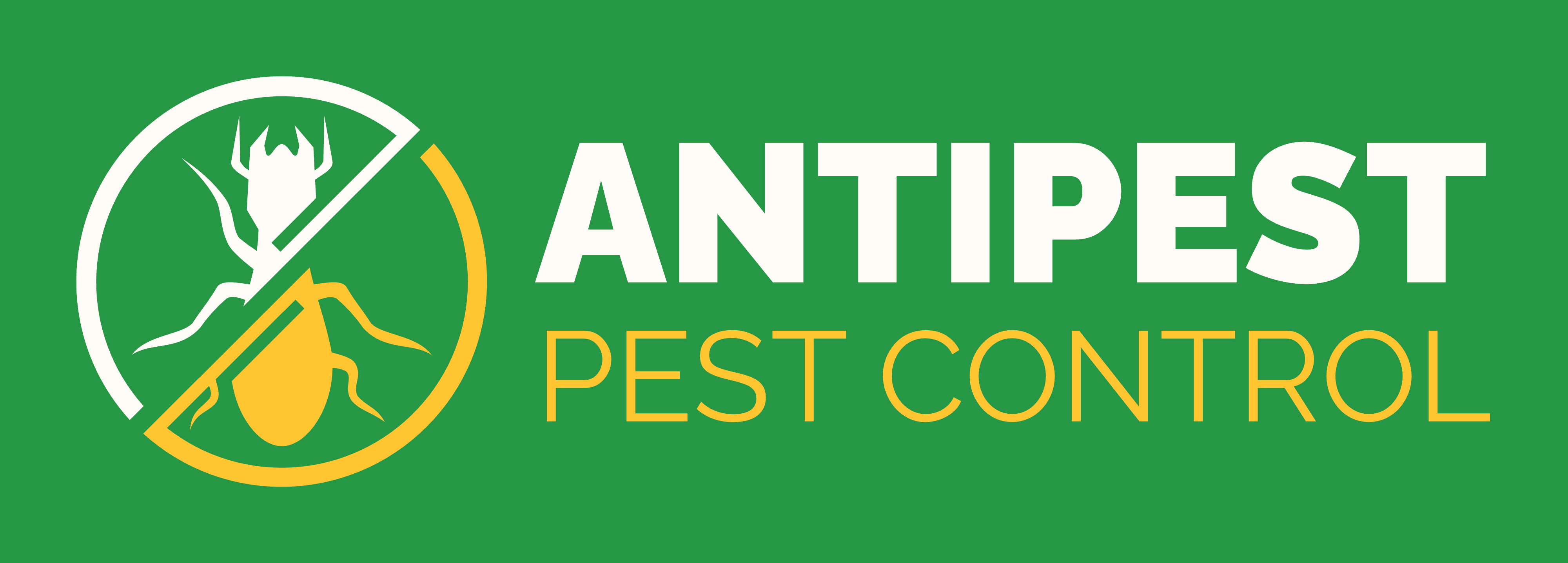Waking up with ants crawling across your bed can quickly ruin your morning. It’s not just uncomfortable, it’s unhygienic and stressful too. Understanding how to get rid of ants in bed is crucial if you want peaceful sleep and a pest-free environment. Whether ants are invading because of food crumbs, moisture, or pheromone trails, their persistence can make anyone restless.
So, how do you effectively stop ants from invading your personal space? In this guide, we’ll walk through practical steps for how to get rid of ants in bed, natural and chemical solutions, preventive measures, and when to consider professional help. If you’ve been asking yourself how to get rid of ants in bed safely, you’ll find everything you need right here.
Table of Contents
Why Do Ants Invade Beds – Understanding the Problem
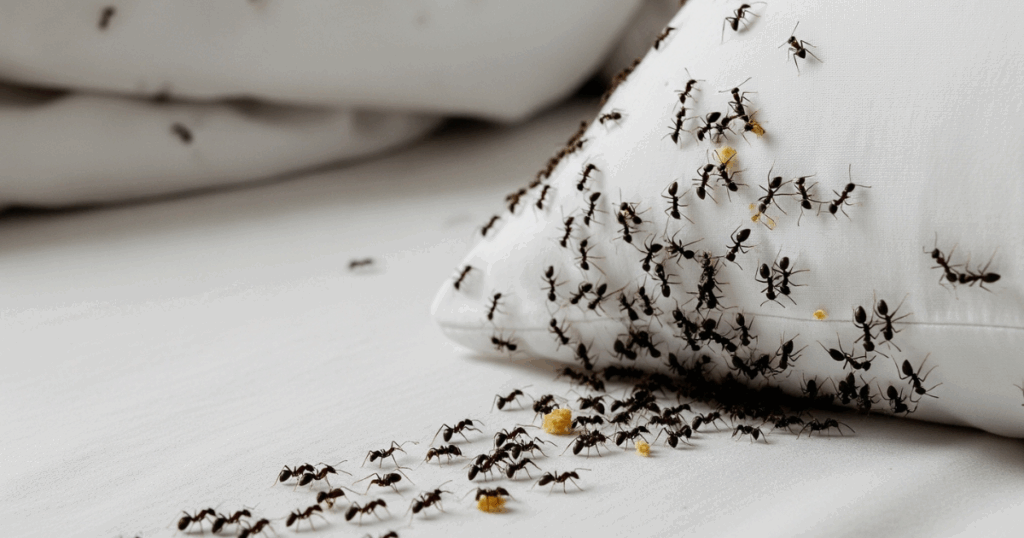
Before exploring how to get rid of ants in bed, it’s crucial to understand why ants might find your sleeping area so appealing. Bedrooms, especially beds, can become ant hotspots if:
- Food crumbs and spills: Eating snacks in bed is the fastest way to attract ant scouts.
- Pet food: Leftovers or open containers by your bedside are magnets for ants.
- Warmth and moisture: Mattresses can offer a cozy environment, especially in humid climates.
- Hidden nesting sites: Clutter, carpeting, and cracks in the wall make it easy for ants to move in.
Ants can pose health risks by carrying bacteria and allergens, particularly if you have sensitive skin or respiratory conditions. So not only are ants an annoyance, they’re a legitimate cause for concern.
| Cause | Reason Ants Are Attracted | Prevention Step |
| Food crumbs/snacks | Rich food source for worker ants | Avoid eating in bed, vacuum room regularly |
| Drink spills | Sugar attracts ants immediately | Clean spills promptly |
| Humidity & sweat | Provides ants with water | Use air conditioning or a dehumidifier |
| Close proximity to nests | Easy access to bedroom | Seal cracks and treat nest outdoors |
By recognizing these triggers, you’ll better understand how to get rid of ants in bed permanently rather than just dealing with them temporarily.
Signs of Ants Infestation in Your Bed and What Makes Beds Attractive?
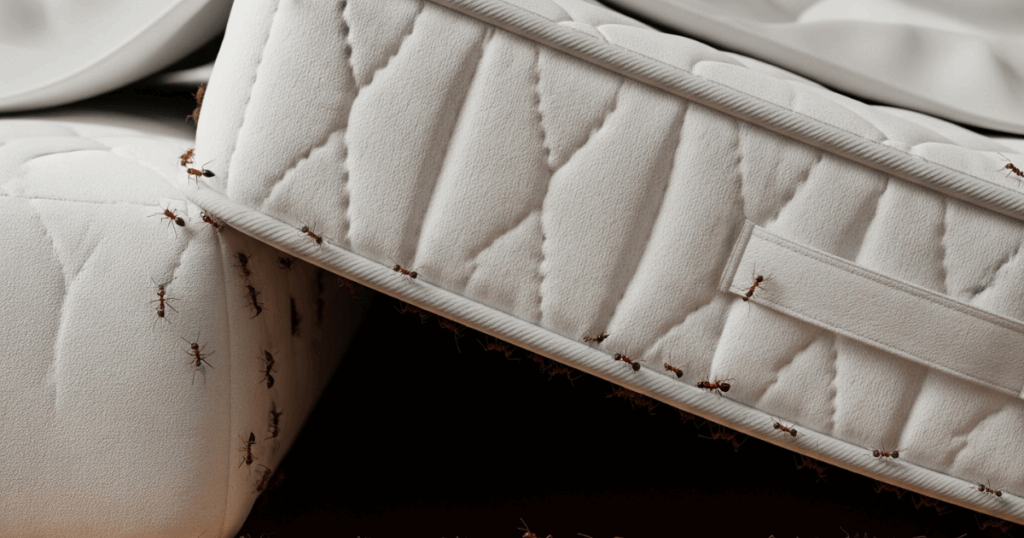
Visibly spotting ants is one obvious clue, but there are subtler signs. If you notice itchy bumps, mysterious crumbs, or faint lines of ants heading to and from the bed, these indicate an established trail. Beds attract ants often due to:
- Food crumbs from midnight snacks
- Sweet or sticky spills
- Pet food left nearby
- Moisture from perspiration or leaks
- Warmth and shelter in mattress seams
These factors create ideal havens for ants. Tackling how to get rid of ants in bed requires addressing both these attractants and the actual pests.
Identifying the Type of Ant Infestation
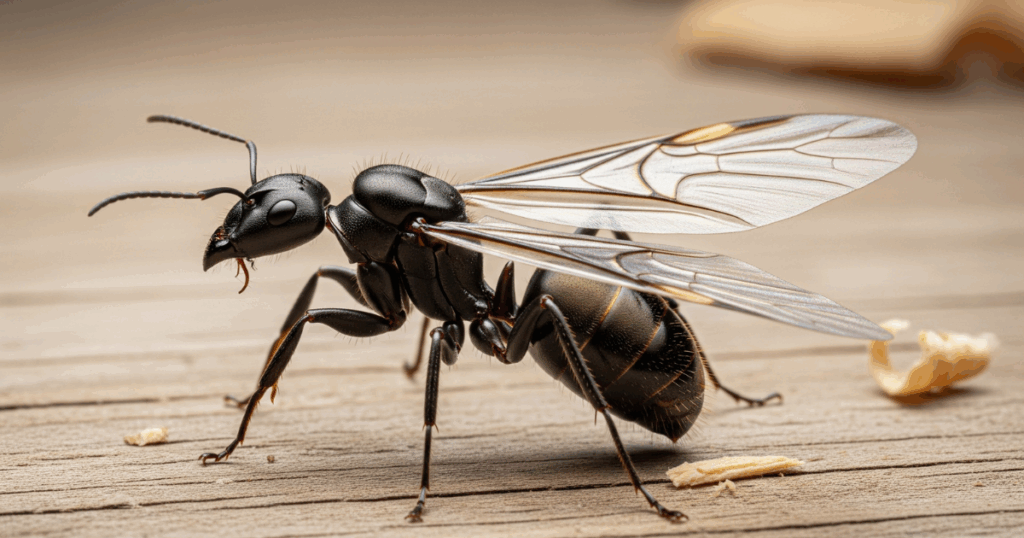
Different ant species require slightly different control measures. Recognizing which species are invading your bedroom can save time and effort.
| Ant Type | Attraction Factor | Risk in Bedroom |
| Sugar Ants | Sweet crumbs, liquids | Moderate annoyance, trail invasions |
| Carpenter Ants | Wood structures | Can damage bed frames or flooring |
| Fire Ants | Warmth, nesting material | Painful stings, allergic reactions |
| Pharaoh Ants | Oily, fatty foods | Hard to control due to multiple queens |
By learning which ant type infests your home, you can fine-tune strategies on how to get rid of ants in bed effectively.
Common Hiding Places of Ants in Bed?

Ants don’t usually “live” inside mattresses long term, but they do travel through and hide around beds when scouting for food, moisture, or shelter. Spotting and treating these zones quickly helps break trails and block access.
Mattress and Bedding
Ants may explore close-to-skin areas for warmth, moisture, and crumbs left from snacking.
- Along mattress seams, tufts, piping, and labels
- Inside small tears, stitching holes, and fabric folds
- Under fitted sheet corners and between layered blankets/comforters
- Around mattress encasement zippers and edges
Bed Frame, Headboard, and Box Spring
Wooden joints and hollow structures create protected pathways and pockets.
- Screw holes, bolt recesses, and slat contact points
- Cracks in wooden frames, joints, and decorative trim
- Inside hollow metal legs or tubular frames
- Along headboard-back seams where it meets the wall
- Inside box spring fabric covers, especially near staples or rips
Bed Legs and Floor Contact Points
These are the primary highways ants use to reach the mattress.
- Underside of bed feet, casters, and glides
- Where legs meet floors or rugs (under dust, hair, crumbs)
- Double contact points: bed touching walls, curtains, or low furniture
Nearby Furniture and Soft Surfaces
Ants hide and trail along shaded, undisturbed edges.
- Nightstands: underside lips, drawer runners, handle cavities
- Dressers and storage benches near the bed
- Upholstered chairs: seams, under cushions, dust cloth underside
- Curtains pooling on the floor, fabric folds behind the headboard
- Rugs: under edges, between rug and pad, along baseboards
Walls, Gaps, and Utility Access
Entry points often sit just beyond the bed but feed directly into it.
- Baseboard gaps, floorboard seams, and door/closet thresholds
- Wall cracks near headboards, window trim gaps, and sill edges
- Electrical outlets, cable/phone plates, and conduit gaps
- Underneath loose wallpaper or peeling paint near the bed
Moisture and Food Sources Within the Bedroom
Ants map to reliable resources and hide nearby.
- Water glasses on nightstands, humidifiers condensing nearby
- Snack crumbs in bedding, sweet drink rings on tables
- Pet bowls, treat crumbs, or litter trays in or near the bedroom
- Laundry piles with sweat/salt residues, gym bags, and damp towels
Where Ants Tend to Hide Around Beds?
| Area | Typical Hiding Spots | Why Ants Choose It |
| Mattress/Bedding | Seams, folds, labels, tears, zipper edges | Warmth, moisture, crumbs, low light |
| Frame/Headboard | Screws, joints, cracks, hollow legs, trim | Protected crevices and pathways |
| Box Spring | Staple lines, fabric cover tears, corners | Dark, hollow, undisturbed spaces |
| Bed Legs/Floor | Undersides, where legs meet rugs/floors | Highway access to the mattress |
| Nearby Furniture | Drawer slides, underside lips, upholstery seams | Sheltered routes and crumb catchers |
| Walls/Utilities | Baseboard gaps, outlets, plates, window trim | Entry points and trail anchors |
| Moisture/Food Zones | Nightstands, humidifiers, pet areas, laundry | Reliable resources that reinforce trails |
How to Inspect Efficiently?
- Use a flashlight and a credit card: run the edge along seams and joint lines to dislodge ants or debris.
- Lift and check: raise mattress corners, check under slats, and look beneath nightstands and rug edges.
- Follow a single ant: track it backward to find entry points, and forward to find food or moisture sources.
- Mark and monitor: place small dots of painter’s tape near suspected gaps to watch for recurring traffic.
4 Immediate Actions on How to Get Rid of Ants in Bed?
When you discover ants in your bed, rapid responses can halt a worsening invasion. Here’s how to get rid of ants in bed instantly:
1. Strip Bedding and Wash It Hot
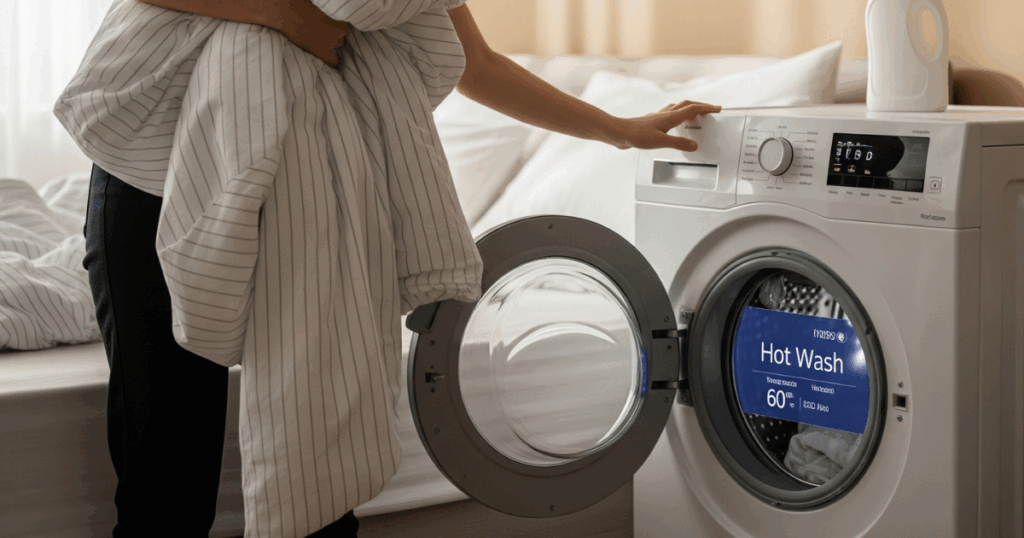
Removing every layer, sheets, pillowcases, duvet covers, and protectors, and laundering them in hot water is the fastest first step when figuring out how to get rid of ants in bed. High temperatures help eliminate active ants and larvae while dissolving body oils, sweat salts, and food residues that attract foragers. For best results, set the washer to the hottest safe cycle for your fabrics, add a quality detergent, and dry on high heat to finish the job. This simple routine cuts pheromone trails on textiles and supports broader efforts on how to get rid of ants in bed.
2. Vacuum Thoroughly
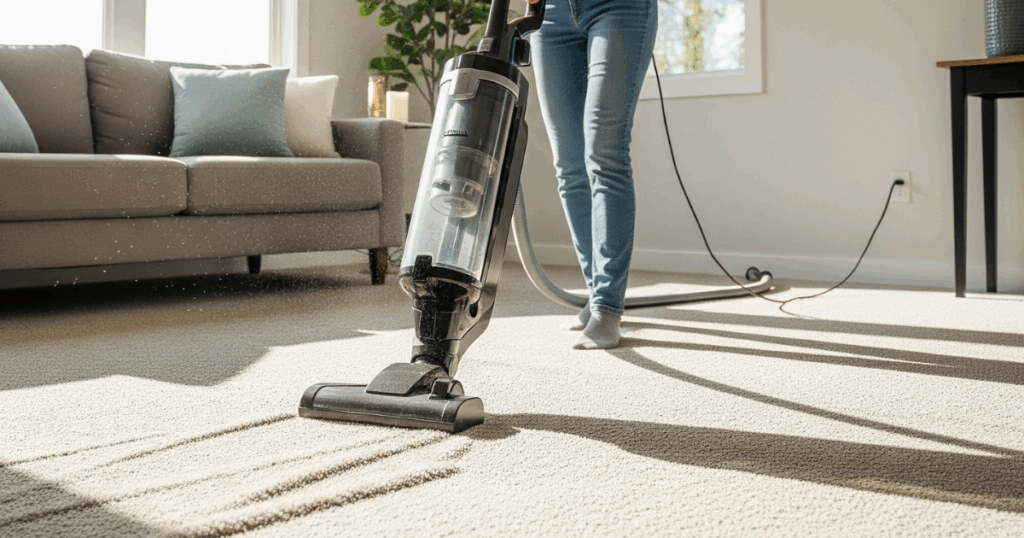
A thorough vacuum is essential when deciding how to get rid of ants in bed because it removes live ants, eggs, debris, and pheromone trails that guide foragers. Use a crevice tool to work slowly along mattress seams, tufting, piping, labels, and stitching holes, then move to the box spring, slats, and headboard joints. Empty the canister or bag outside immediately, and wipe the vacuum nozzle with a vinegar solution to prevent reintroducing trails. This targeted method pairs well with other steps on how to get rid of ants in bed, boosting overall effectiveness.
3. Natural Repellent Spray
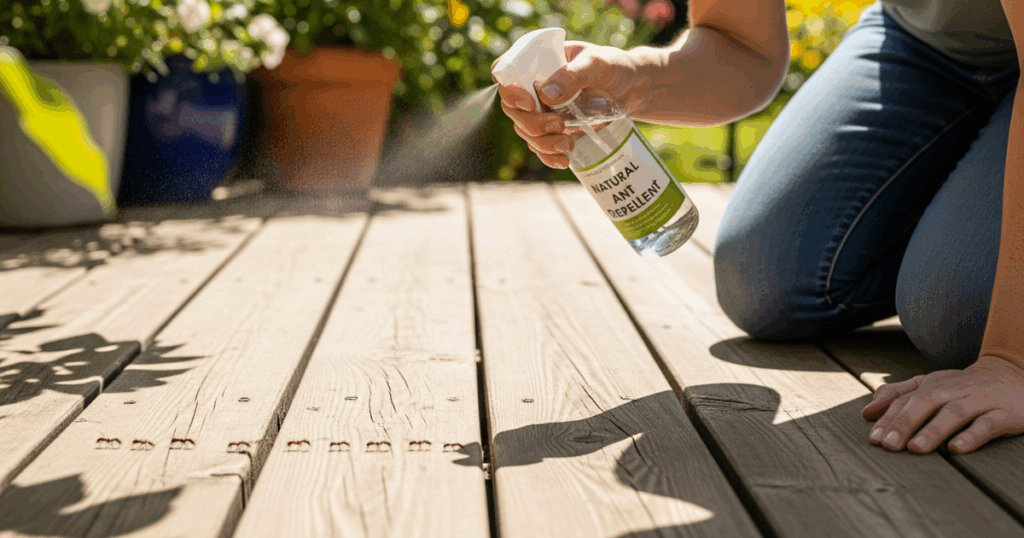
Create a simple, safe barrier when working on how to get rid of ants in bed by mixing 8–10 drops of peppermint, tea tree, or cinnamon oil in 1 cup of water. Lightly mist the mattress edges, seams, bed frame, and floor perimeter, avoid soaking fabrics to protect materials. These strong natural scents disrupt trails and make the area less attractive to foragers without harsh residues. Reapply every 2–3 days, especially after cleaning, to reinforce results and support broader steps on how to get rid of ants in bed.
4. Soap and Water Solution
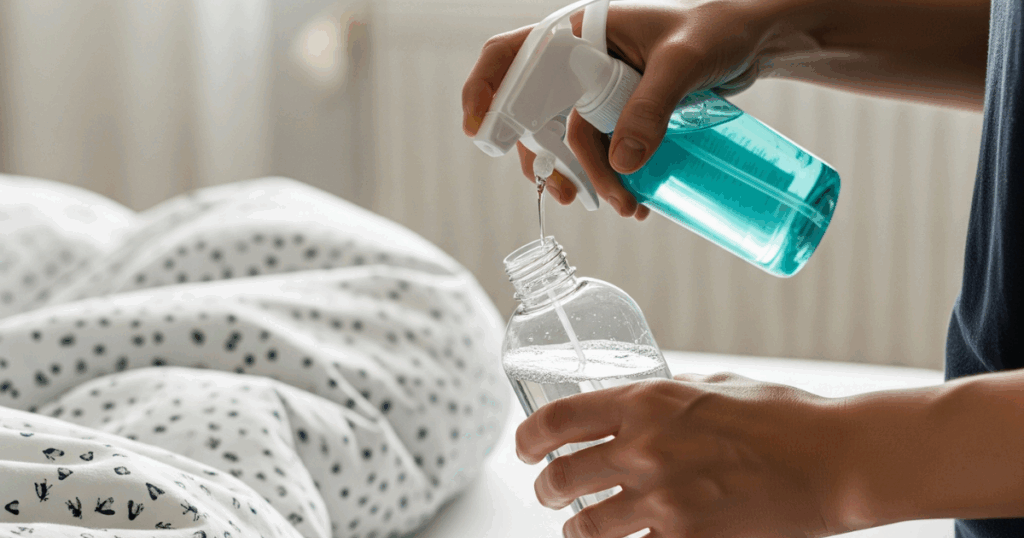
A mild dish soap mix is a quick, safe tactic when focusing on how to get rid of ants in bed because it breaks surface tension and damages ant cuticles. Combine a few drops of dish soap in a spray bottle of warm water, then mist directly on visible ants and along their paths to erase pheromone trails. Wipe treated areas with a clean cloth and repeat as needed, avoiding over-wetting bedding. This simple step pairs well with other measures on how to get rid of ants in bed for faster, cleaner results.
| Immediate Remedies for Ants in Bed | Action | Effectiveness |
| Strip bedding/wash in hot water | Kills ants and removes attractants | High |
| Vacuum mattress and bed frame | Eliminates ants and pheromone trails | High |
| Essential oil spray (peppermint/tea tree/cinnamon) | Natural deterrent, repels ants | Moderate to High |
| Dish soap solution | Instantly kills ants, erases chemical trails | Moderate |
Taking these steps gives you a head start in how to get rid of ants in bed while ensuring your room feels fresher and cleaner. Struggling with flying ants? Discover quick fixes that actually work!
Natural and Chemical-Free Methods on How to Get Rid of Ants in Bed?
Embracing non-toxic remedies is best for sleeping areas due to health and comfort. Here’s how to get rid of ants in bed using natural ingredients found in most homes:
1. Lemon Juice Spray
Lemon’s acidic nature disrupts ant scent trails. Mix one part lemon juice with three parts water and spray on affected areas.
2. Vinegar Solution
White vinegar kills ants on contact and wipes away trails. Apply with a damp cloth where ants travel.
3. Diatomaceous Earth
Sprinkle food-grade diatomaceous earth around the bed legs or mattress base. Its microscopic shards penetrate ant exoskeletons, dehydrating and killing them.
4. Boric Acid and Sugar Baits
Create a paste of powdered boric acid, sugar, and water. Place this on cotton balls near entry points to attract and kill ants. Caution: Keep away from children and pets.
5. Essential Oils
Peppermint, clove, citronella, or eucalyptus oils repel ants. Combine with water, spray around the bed base, windows, and cracks.
| Natural Ingredients for Ant Removal | How to Use | Pros | Cons |
| Lemon juice | Mix and spray along ant trails & mattress | Safe, aromatic | Must reapply |
| White vinegar | Damp cloth wipe or spray | Readily available | Strong odor |
| Diatomaceous earth | Sprinkle around bed & suspected entry points | Non-toxic | Can get messy |
| Boric acid/sugar bait | Paste on cotton, near entry points | Effective | Toxic if ingested |
| Essential oils | Spray on surfaces & corners | Pleasant scent | Needs frequent application |
These methods are chemical-free, making them ideal for anyone who wonders how to get rid of ants in bed without compromising health or comfort.
Preventive Practices on How to Get Rid of Ants in Bed?
Sustained prevention is key to mastering how to get rid of ants in bed for good. Here are consistent routines that make your bed an ant-free zone:
- Eat Only in the Kitchen: Avoid snacks in bed.
- Clean Up Spills Immediately: Wipe away soda, crumbs, or sauces.
- Store Food Securely: Use airtight containers.
- Regularly Wash Bedding: Weekly washing removes attractants.
- Seal Cracks and Entry Points: Apply caulk or weather strips to gaps near windows, walls, and floorboards.
- Elevate Bed: Install bed risers and place barriers like double-sided tape or diatomaceous earth around legs.
- Pet Food Management: Feed pets away from sleeping areas and clear up leftovers instantly.
| Bed Ant Prevention Checklist | Purpose |
| No eating in bed | Eliminates food residues |
| Immediate spill cleanup | Removes attractants |
| Airtight food storage | Reduces ant food sources |
| Regular bedding washing | Maintains hygienic bed area |
| Crack and gap sealing | Blocks ant entry |
| Bed elevation/barrier | Stops ground-traveling ants |
| Pet food discipline | Prevents extra attractant |
Consistently following these practices ensures you’ll never need to worry again about how to get rid of ants in bed.
Cleaning Habits That Prevent Ants (and Why They Matter)
One overlooked tip for getting rid of ants in bed is keeping the entire bedroom spotless. Ants are relentless scavengers, remind yourself to:
- Avoid eating in bed.
- Wipe surfaces daily with diluted vinegar or essential oils.
- Store snacks in airtight containers away from your sleeping area.
- Sweep and mop bedroom floors regularly.
- Empty the trash and vacuum beneath furniture weekly.
A clean bedroom is your best defense against repeated infestations. Prevention is a long-term commitment, set a routine, and ants will lose interest.
Ant-Proof Your Bedroom: Barriers, Traps, and Expert Advice
For stubborn infestations, extra measures may be necessary. Here’s how to get rid of ants in bed using advanced strategies:
- Double-sided tape: Place around the bed legs to stop ants from climbing.
- Bed bug-proof mattress covers: These can also block ants from entering the mattress itself.
- Professional pest control: If DIY methods aren’t working, call experts to target nests and colonies near your bedroom with safe treatments.
Consult reputable pest control services only when natural approaches are insufficient and infestations reoccur. Always ask about family and pet-safe options.
| Method | Application | Suitability |
| Double-sided tape | Bed legs and sides | Quick Fix |
| Mattress protector | Covers mattress | Preventive |
| Professional service | Entire bedroom/home | Severe Problem |
| Plugging gaps/cracks | Around windows and base | Essential |
Common Mistakes to Avoid on How to Get Rid of Ants in Bed?
When tackling how to get rid of ants in bed, avoid these pitfalls:
- Spraying harsh chemicals directly on bedding or mattress.
- Ignoring food smells or crumbs in the bedroom.
- Failing to locate and seal entry points.
- Inconsistent cleaning routines.
- Leaving ant baits within reach of pets or children.
Mistakes and Better Alternatives
| Mistake | Safer Alternative |
| Using toxic sprays on bedding | Opt for essential oils or vinegar |
| Ignoring nightly spills | Wipe surfaces and vacuum regularly |
| Not sealing entry points | Use caulk, tape, or plugs |
| Placing bait on mattress | Position traps at distant corners |
Reclaiming Your Sleep: Lasting Solutions and Prevention
Eliminating ants once isn’t enough, lasting freedom involves vigilance and consistent habits. To ensure you get rid of ants in bed for good:
- Clean your bedroom every week.
- Inspect for cracks and gaps regularly.
- Use natural repellents periodically.
- Store food and pet treats smartly away from the sleeping area.
- Teach children about cleanliness and ant prevention.
If frequent infestations persist, consider consulting a pest control expert and upgrading your mattress protector.
Professional Help: When Should You Call an Expert?
Sometimes, how to get rid of ants in bed requires reinforcements. Seek professional pest control if you notice:
- Large numbers of ants daily despite efforts
- Repeat infestations with multiple ant species
- Painful bites or stings
- Colonies around electrical outlets, windows, or beneath floorboards
- Tiny ant “wings” (a sign of mating season and a growing colony)
Experts use targeted or eco-friendly treatments and can locate hidden nests beyond reach. Professional advice ensures long-term respite from pests in sleeping areas. For comprehensive and hassle-free ant removal and long-term pest prevention, trust the professionals at Antipest Office. Visit us at the Antipest Office, Our trained technicians use safe and effective methods to protect your home and business. For service bookings and consultations, call us at +91 9819018398 .
Frequently Overlooked Causes and Targeted Solutions
Not all bed infestations stem from messy habits. Consider these less obvious factors while exploring how to get rid of ants in bed:
- Humidity and Leaky Pipes: Ants seek moisture as much as food. Damp spots under beds encourage colonies.
- Nearby Plants or Gardens: Houseplants too close to beds can harbor ant populations.
- Bedroom Clutter: Piles of paper, unsuitable storage, and neglected corners form safe harbors.
- Adjacent Rooms with Food: Kitchens, playrooms, or offices next to bedrooms can create spillover problems.
Addressing these factors widens your defense strategy.
| Commonly Missed Ant Attractants | Solution |
| Bedroom humidity | Fix leaks, use dehumidifiers |
| Nearby plants/gardens | Relocate plants, check for nests |
| Under-bed clutter | Declutter regularly |
| Adjacent food-rich rooms | Enhance cleaning routines |
Conclusion
Learning how to get rid of ants in bed requires a mix of quick emergency actions, natural or chemical treatments, and preventive strategies. Ants are drawn by food, moisture, and easy access, so addressing these root causes is the best way to stop them permanently. From simple home remedies like vinegar, essential oils, and baking soda to professional-grade treatments, every solution plays its role.
Ultimately, keeping your bedroom clean, dry, and sealed will save you from those sleepless nights. Knowing how to get rid of ants in bed not only restores comfort but also ensures you maintain a healthier and more hygienic sleeping environment for the long term.
How to Get Rid of Ants in Bed? – FAQs
How to get rid of ants in bed immediately?
Strip and hot-wash bedding, vacuum the mattress and frame, wipe bed legs and baseboards with vinegar, and place ant baits near trails, never on the mattress.
How to get rid of ants in bed naturally without chemicals?
Spray diluted vinegar or lemon juice on trails, use peppermint or tea tree oil around bed legs, and sprinkle food-grade diatomaceous earth along entry points.
How to get rid of ants in bed overnight?
Wash sheets, vacuum seams, place sealed ant baits near bed legs, and create a barrier with double-sided tape or petroleum jelly on each leg to block access.
How to get rid of ants in bed safely around kids and pets?
Avoid sprays on bedding; use essential oil repellents on floors, deploy enclosed gel baits out of reach, and clean crumbs and spills to remove attractants.
How to get rid of ants in bed and stop them returning?
Eliminate food sources, seal wall and floor gaps, run a dehumidifier if damp, refresh scent barriers weekly, and keep baits until activity stops for 1–2 weeks.
How to get rid of ants in bed when you can’t find the nest?
Follow ant trails to place baits along their path, maintain vinegar barriers around the bed, and monitor nightly; the colony will feed on bait and decline.
How to get rid of ants in bed if they’re biting?
Remove bedding, treat bites with cold compress, use fast-acting soapy water spray on visible ants, then switch to baits and barrier methods to end the source.
How to get rid of ants in bed during the rainy season?
Dry the room with ventilation or dehumidifier, seal window and floor cracks, avoid eating in bed, and refresh oil or vinegar barriers after heavy humidity.
How to get rid of ants in bed without moving the bed?
Clean in place: vacuum seams, wipe frame and floors, apply barriers to legs, deploy bait stations along walls, and maintain a food-free, dry environment.
How to get rid of ants in bed if DIY fails?
Keep sheets clean and baits in place, document activity, and call a licensed pest professional to identify species, locate nests, and apply targeted treatments.

